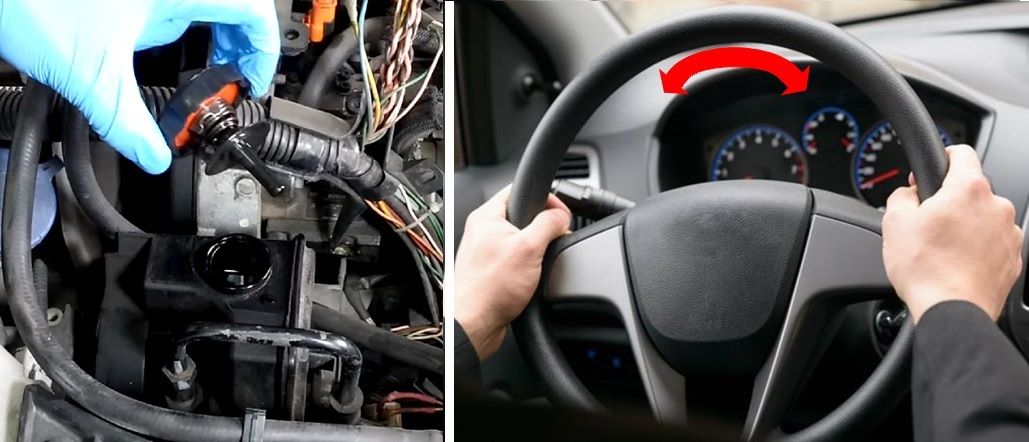Bleeding a power steering system
When air enters the hydraulic part, it is necessary to bleed from the power steering system. Air enters the hydraulic section when the steering fluid level is below the minimum or when a part of the hydraulic steering system is removed for repair or replacement. The lack of fluid and the presence of air make it difficult for the servo system to work and thus the handling of the vehicle’s steering wheel, which can lead to more damage to the elements of the power steering system.
Before bleeding, a new steering fluid is added to the reservoir up to the maximum. It is not recommended that the level of fluid in the reservoir is above the maximum. Then we hoist the vehicle or its front end with a jack so that the front wheels are above the ground. Without starting the engine, turn the steering wheel to one side and the other several times. We do this until the air stops coming out of the system into the steering fluid reservoir.






